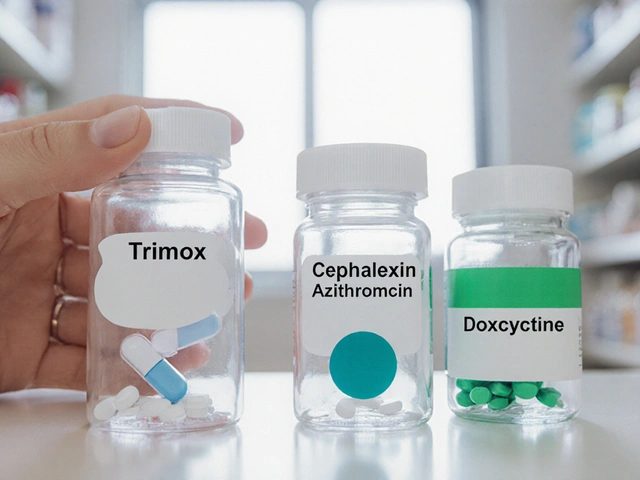Understanding Osteodystrophy
Osteodystrophy is a bone disease that often occurs in patients with chronic kidney disease. It's a complex disorder resulting from changes in bone morphology due to alterations in bone metabolism. The disease is characterized by bone pain, bone deformities, and an increased risk of fractures. Despite the fact that it can be quite debilitating, many people are not aware of this condition until they start experiencing severe symptoms. It is, therefore, essential to raise awareness about osteodystrophy, especially among kidney disease patients who are at a higher risk.
Unraveling Anemia in Kidney Disease
Anemia is another common complication in individuals with kidney disease. The kidneys' role in producing erythropoietin, a hormone that stimulates the production of red blood cells, is vital. When the kidneys are damaged, their ability to produce this hormone diminishes, leading to a decrease in red blood cell production – a condition known as anemia. Symptoms of anemia include fatigue, weakness, and pallor, but like osteodystrophy, patients often remain unaware of their condition until it becomes severe.
The Interlink Between Osteodystrophy and Anemia
The connection between osteodystrophy and anemia in kidney disease patients may not seem obvious at first, but it becomes clearer when you understand how these diseases develop. Both conditions are driven by the same underlying problem - kidney disease. When the kidneys fail to perform their functions adequately, it leads to a series of metabolic and hormonal changes that affect various body systems, including the skeletal and circulatory systems.
How Kidney Disease Triggers Osteodystrophy and Anemia
Kidney disease disrupts the balance of calcium and phosphorus in the body, leading to bone disorders like osteodystrophy. At the same time, it also impairs the production of erythropoietin, leading to anemia. It's a kind of domino effect where one problem leads to another. Understanding this cascade of events can help in the early detection and management of these conditions.
Managing Osteodystrophy and Anemia in Kidney Disease
While both osteodystrophy and anemia can be challenging to manage, early detection and intervention can significantly improve outcomes. Treatment usually involves addressing the underlying kidney disease and managing the specific symptoms of each condition. For instance, patients with osteodystrophy may require medications to regulate calcium and phosphorus levels, while those with anemia may need erythropoietin supplements.
The Role of Diet and Lifestyle in Managing These Conditions
Diet and lifestyle modifications can also play a significant role in managing osteodystrophy and anemia in kidney disease patients. A diet low in phosphorus and high in calcium can help manage osteodystrophy, while a diet rich in iron can help manage anemia. Regular exercise can also help strengthen the bones and improve overall health.
Conclusion: The Importance of Regular Check-ups
Regular check-ups are crucial for early detection and management of osteodystrophy and anemia in kidney disease patients. Remember, these conditions often do not show symptoms until they are advanced, making routine medical assessments critical. If you have kidney disease, ensure you have regular check-ups and follow your doctor's advice regarding diet, medication, and lifestyle modifications. With the right management, it is possible to live a full and healthy life despite these conditions.







Margo Utomo
June 29, 2023 AT 07:51Matt Wells
July 1, 2023 AT 00:23George Gaitara
July 1, 2023 AT 01:30Deepali Singh
July 2, 2023 AT 17:31Sylvia Clarke
July 4, 2023 AT 04:01Jennifer Howard
July 4, 2023 AT 14:18Abdul Mubeen
July 5, 2023 AT 08:07mike tallent
July 5, 2023 AT 12:31vinod mali
July 6, 2023 AT 07:56Jennie Zhu
July 6, 2023 AT 16:39Kathy Grant
July 8, 2023 AT 06:15Robert Merril
July 10, 2023 AT 02:09Noel Molina Mattinez
July 11, 2023 AT 20:35Roberta Colombin
July 13, 2023 AT 07:52Dave Feland
July 15, 2023 AT 07:39Margo Utomo
July 15, 2023 AT 11:44